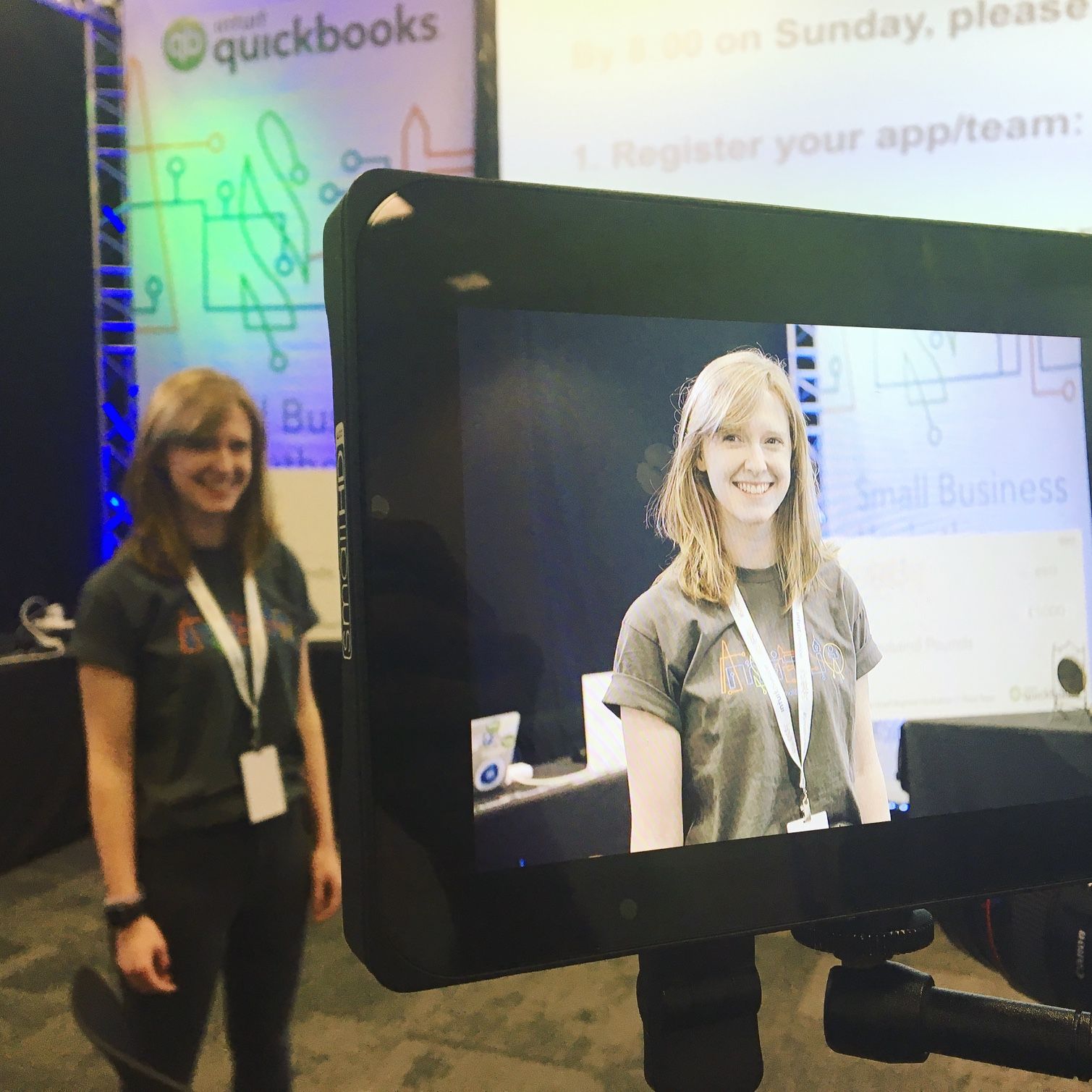Hi all,
Back in April 2020 I published a surprisingly popular guide of how to self-host a basic Matrix instance on Debian using Riot (as Element was called back then!), Synapse and Jitsi. Since then, things have moved on a lot: the world is increasingly aware of the benefits of decentralisation; the need for self-sovereign communication is higher than ever; and we now have Matrix 2.0 implementations to show off - providing instant sync, encrypted group calls and conferences (MatrixRTC), next-gen auth and radically improved encryption UX.
Experimenting with Matrix 2.0 is a bit more involved: in order to use next-gen auth, you have to run a separate auth server (matrix-authentication-service), and in order to use MatrixRTC you have to run a separate media conferencing server (livekit-server). So, to provide a really simple demonstration of how these fit together using the basic implementations from Element, we’ve published element-docker-demo: a trivial docker-compose based Matrix 2.0 environment:
Before you jump in: please understand that this is not intended for production use. It’s just a hacker-friendly way of experimenting with a Matrix 2.0 stack on your local workstation or a VPS. In particular, to quote the readme, it comes with:
- No support, security or maintenance guarantees whatsoever
- No high availability, horizontal scalability, elastic scaling, clustering, backup etc.
- No admin interface
- No monitoring
- No fancy config management (eg ansible), just env vars and templates
- No fancy secret management (stored in plaintext on disk)
- No UDP traffic or TURN for LiveKit (all traffic is tunnelled over TCP for simplicity)
- No push server, integration manager, integrations, or identity lookup server
If you are an organisation wanting to run a proper production Matrix 2.0 deployment without any of these limitations, you should take a look at Element Server Suite - Element’s actual supported commercial product, built for workplace use.
That all having been said, experimenting with element-docker-demo is astonishingly simple. You can run it locally or remotely on macOS or Linux (and it probably works under WSL2): it’s just a matter of cloning the repository, running ./setup.sh to create an .env file, and then running docker compose up. For ease of copy-pasting:
git clone https://github.com/element-hq/element-docker-demo
cd element-docker-demo
./setup.sh# review the .env file that setup.sh generated
# set up DNS (via /etc/hosts if running locally, or wildcard DNS for a server)
# tweak the templates in ./data-template if desired
docker compose up -d
docker compose exec mas mas-cli -c /data/config.yaml manage register-user…and that’s it: just head over to the domain on your new server to start playing with it!
We hope this provides a super-easy way for curious sysadmins to experiment with the new Matrix 2.0 implementations and APIs, as well as providing an example of how a basic deployment plugs together.
And, once again, for non-toy deployments, please use Element Server Suite!




